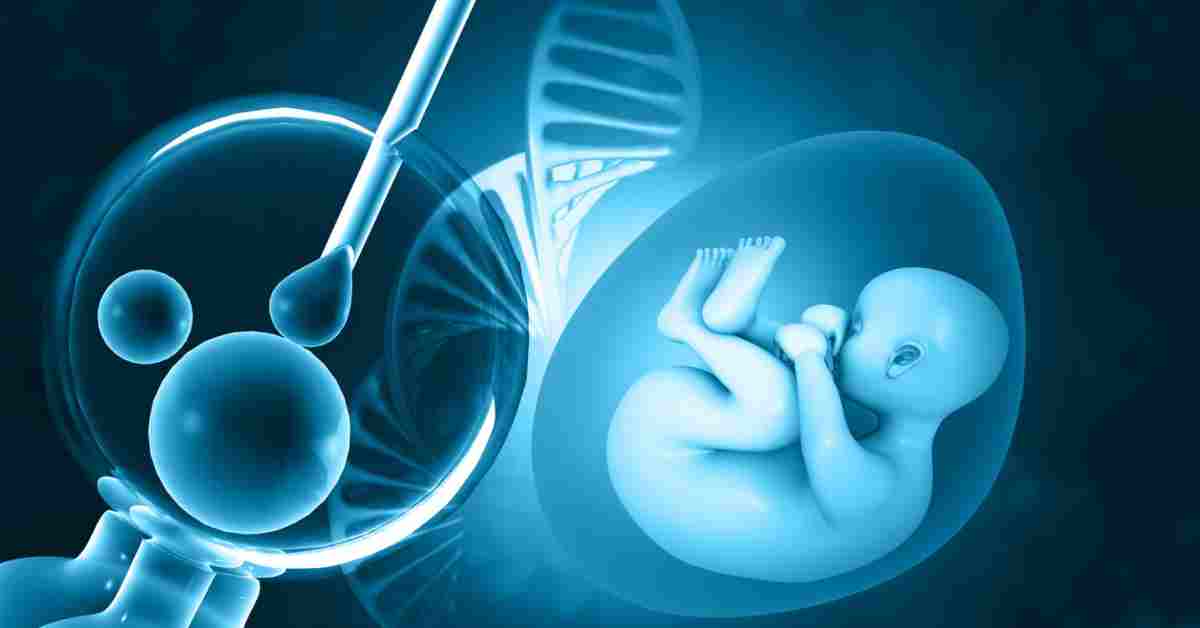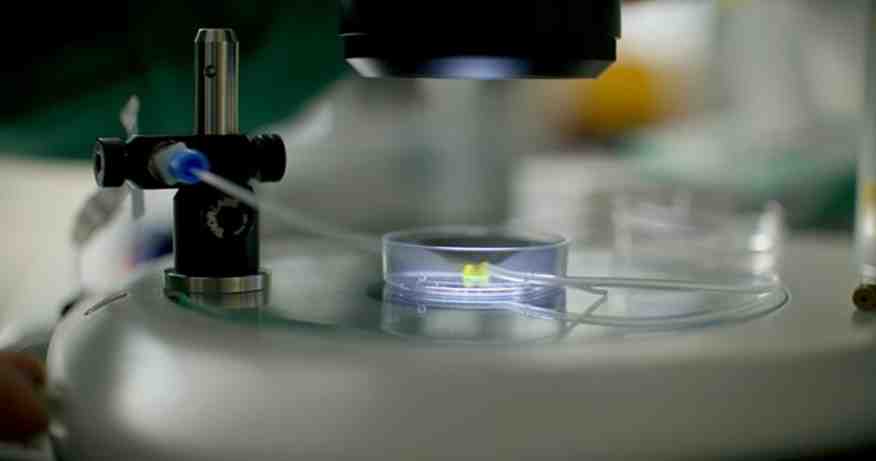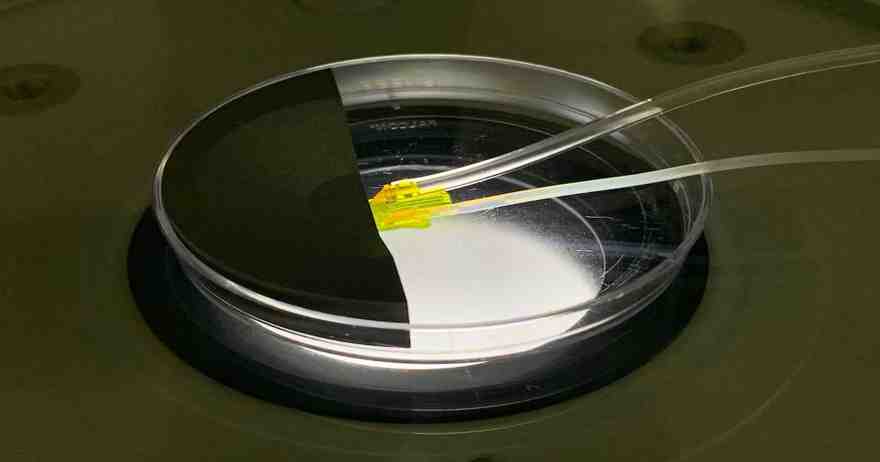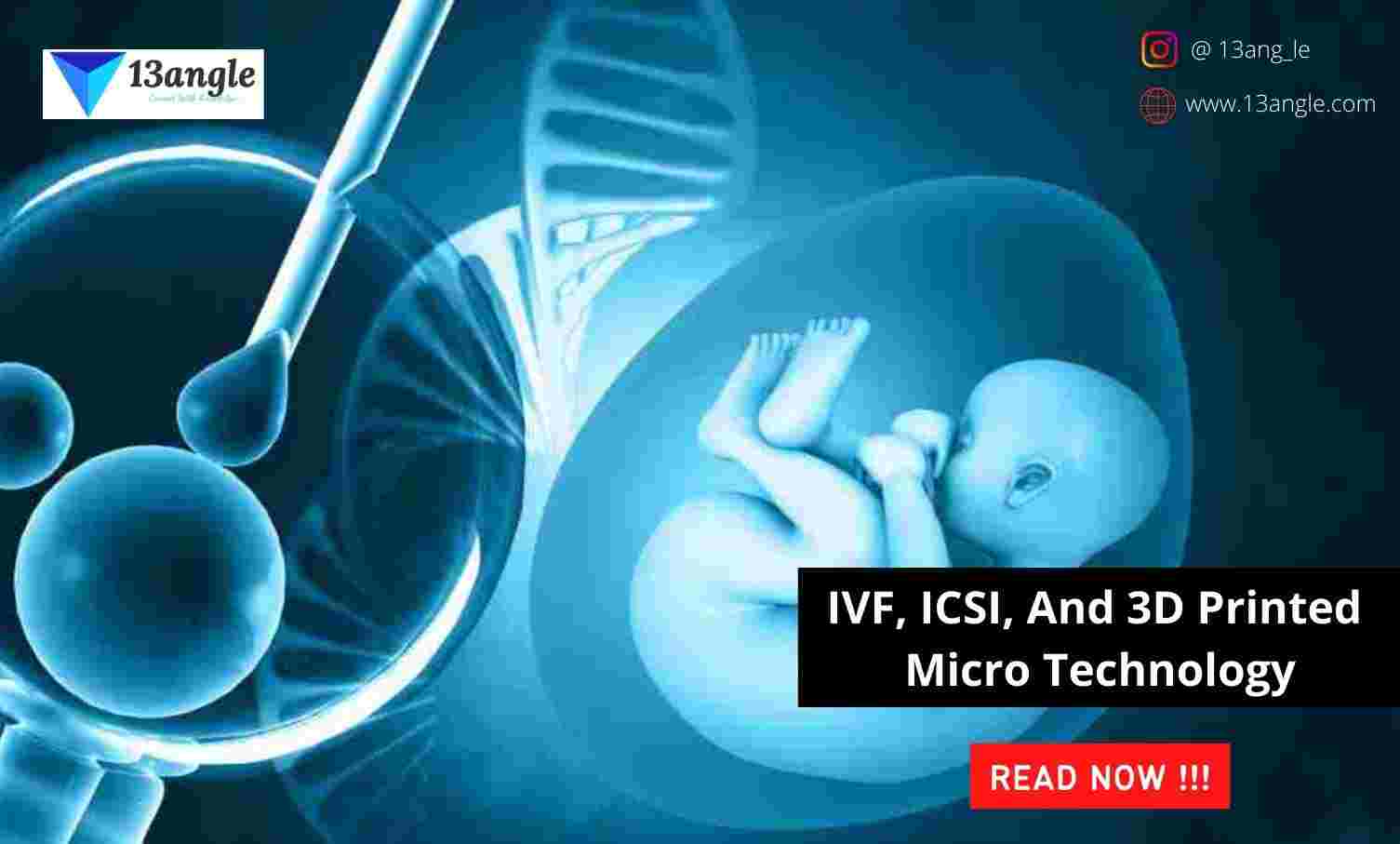- Umang Sagar
- Recent article, Technology
IVF, ICSI, And 3D Printed Micro Technology

Introduction
- For fertility testing, there is a generic word called Assisted Reproductive Technologies (A.R.T) which includes IVF, ICSI, etc.
What Is IVF?
Infertility is caused by a condition of the male or female reproductive tract (an interruption, cessation, or malfunction of physiological functions, systems, or organs) that inhibits the conception of a child or the ability to carry out vaginal birth.
For couples who are having trouble conceiving, in vitro fertilization (IVF) is the most prevalent assisted reproduction method. More than 5 million kids have been born using IVF since it was first used successfully in 1978. According to the American Society of Reproductive Medicine, infertility affects a considerable section of the population, with over 11 percent of the population, or 6.7 million women, unable to reproduce.
Methods that improve the viability and efficacy of IVF, on the other hand, are extremely valuable. This is true not just for infertile couples, but also for researchers who are constrained by traditional 2D methodologies with low reproducibility and limited validation studies when analyzing or studying IVF. Domestic animals, the animal production industry, and the conservation of endangered species all benefit from such solutions.
Many patients think IVF with frozen eggs has lower success rates than IVF with fresh eggs. which is completely false, as the egg freezing technique is optimized and offers a high survival rate. In some cases, those who are diagnosed with cancer can carefully think about it and can follow this frozen egg procedure initially before undergoing chemotherapy.
What Is ICSI?
The head of a man’s sperm must attach to the exterior of the egg before it may fertilize a woman’s egg. Once joined, the sperm pushes its way through the egg’s outer layer to the cytoplasm, where fertilization occurs.
For a variety of reasons, sperm may be unable to enter the outer layer. The sperm may be unable to swim or the egg’s outer layer may be thick or difficult to penetrate. In some circumstances, intracytoplasmic sperm injection (ICSI) can be used in conjunction with in vitro fertilization (IVF) to aid in the fertilization of the egg. A single sperm is injected directly into the cytoplasm of the egg during ICSI.
What Is Regenerative Medicine?
- Stem cell therapy, also known as regenerative medicine, uses stem cells or their derivatives to promote the repair response of diseased, dysfunctional, or damaged tissue. It’s the next step in organ transplantation, and it relies on cells rather than donor organs, which are in limited supply.
Brief Concept Of 3D Printed Micro Device Technology

Researchers in Australia have invented a tiny 3D printed cell “cradle” to improve IVF success, as well as the treatment of cancer, diabetes, cystic fibrosis, and spinal cord damage.
Until now, Intracytoplasmic Sperm Injection (ICSI) has been a slow, difficult, and complicated procedure only able to be carried out by experienced embryologists under embryology lab conditions.
But this new 3D-printed petri dish technology, which is smaller than a pinhead, recreates an embryo’s natural environment and allows for the process to be automated to reduce human contact and errors during the process.
For males with low sperm counts, this is the only fertility treatment option, with implications for IVF success and beyond into regenerative medicine.
This technique is quicker and easier and uses less expensive equipment when compared to already existing technologies.
Aim Of This Technology
- The device helps in the success of the IVF process by reducing the cost associated with the process. They require less manpower and attention. This is a new technology that could change the world.
The Overall Concept Of This Technology

A New 3D-printed microdevice helps in the success of IVF. It is the new 3d-printed petri dish technology that recreates an embryo’s natural environment & allows for the process to be automated.
This device will be a breakthrough in medical technology. It will allow for the growth of human embryos in a much faster time frame which will give a better hope for children in low-resource settings.
How It Works
The company’s invention consists of a novel type of 3D printed micro-medical device that can hold a single cell to a small group of cells (0.01 to 1.0 mm wide – around the width of a human hair). This enables the cultivation of cells, such as embryos, in microenvironments that are more similar to those seen in the human body. The medium or environment in which the cells are immersed can be altered in a very controlled way with monitoring and automation, eliminating the need for “human intervention” or specialists to move the cells numerous times throughout the process.
IVF is a difficult procedure carried out by highly trained experts, making it vulnerable to human error and a variety of external factors. Patients can suffer major emotional and financial effects as a result of errors. Fertilize’ technology eliminates some of these factors by automating the IVF procedure in the lab, enhancing consistency, and increasing pregnancy rates.
Applications
The use of the “one device for multiple lab procedures” approach in stem cell development is a significant step forward and also useful in treating many health issues.
“This has huge potential in disciplines like regenerative medicine, notably in stem cell growth and development for tissue and organ replacement,” Thompson added, “since we can 3D-print alternative designs and have a free swap of prepared media during culture.”
Arguments Regarding 3D Printed Micro Device Technology
- Researchers argue technique is safer, causing less stress to both the eggs and the embryologists, to ultimately deliver better quality embryos for more chances of a successful pregnancy from an IVF cycle.” And also, less time-consuming.
Further Plan Of A Company
- Fertilise started clinical trials in Jan 2022 in its first market application of cell culture automation. The company expects to enter the IVF market in 2023 before expanding into other sectors like regenerative medicine and gene therapy methodologies.
Advantages And Disadvantages Of IVF
Advantages
- Enables reproductive decision-making.
- Solves the problem of blocked fallopian tubes.
- Solves the problem of male infertility.
- Addresses the problem of unknown infertility.
- Effective for women with PCOS.
- Maximizes reproductive options.
- Lowers the total cost and avoids severe diseases and their treatments.
Disadvantages
- Implications in relatives.
- Discriminatory with non-ART patients.
- Variants of unknown significance.
List Of Documentaries And Films Regarding Fertility, IVF, IUI, Surrogacy, Etc
The documentaries and films listed below are real-life inspiring stories about fertility, IVF, IUI, baby loss, and the emotional strength it takes.
- One more shot
- Eggs over easy
- The easy bit
- Modern baby
- Romeo Romeo
- Misconception
- Making babies
- Don’t talk about the baby
- Baby mama
- Private life
- Maybe baby
- Shubh Mangal Saavdhan
- Good newwz
- Naani
- A love story
- Give me my baby
- The fertility business
- Eggsploitation
- Having our baby
- My future baby
Top 13 Interesting Facts About The Technology
It is the technology that allows the injection of a single sperm into an egg to obtain ease and accurate fertilization.
This device is smaller than a pinhead which helps in the success of IVF.
The new 3D-printed petri dish technology recreates an embryo’s natural environment and allows for the process to be automated with no human contact.
Such 3D-printed Petri Dish will help fertility clinics to grow human embryos more than 20 times faster in controlled conditions.
Women in low-resource settings will be able to have children which eases the IVF process.
It is a device that allows for a better research environment.
It cannot be performed by the hospital staff members; highly skilled embryologists are needed to perform this procedure.
The development of this technology was supported by the Australian Research Council and The Hospital Research Foundation Group.
This technology is developed by the University of Adelaide, in partnership with the Fertilis company.
It will reduce the barriers to delivering ICSI as a procedure and accessing ICSI as a treatment, and also make it available to more people.
This technology is useful for the treatment of cancer, diabetes, cystic fibrosis, and spinal cord injury.
Fertilise raised AU$2.75 million (US$1.89 million) in January to fund worldwide clinical trials in 2022 and the expansion of its scientific development team.
Fertilise Founder, CSO, and Lead Researcher Professor Jeremy Thompson explain about this technology in detail.



